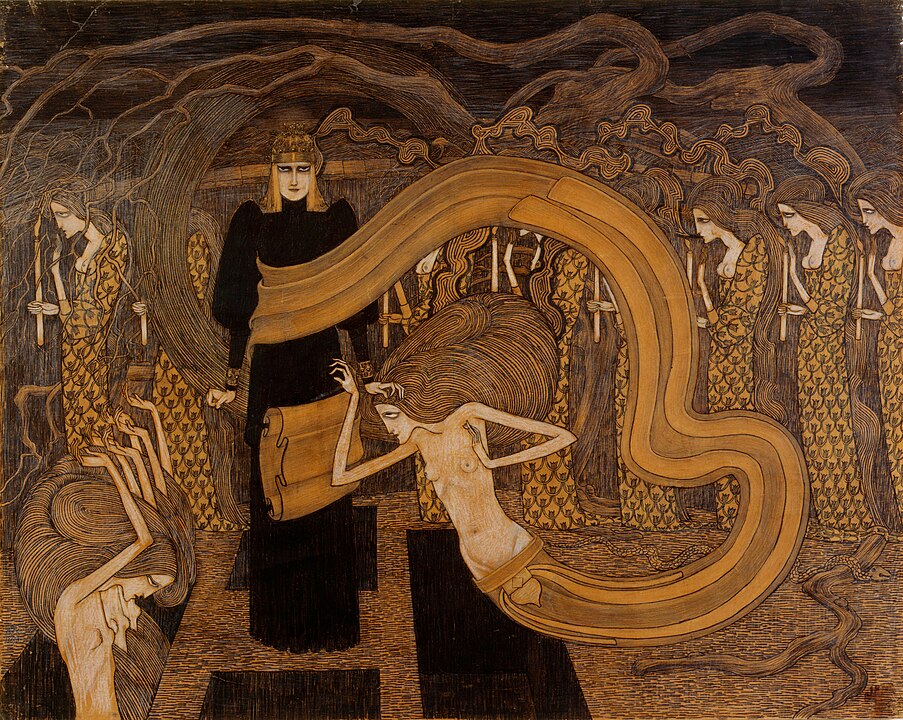
Jan Toorop (1858–1928) was a Dutch-Indonesian painter and graphic artist associated with the Symbolist and Art Nouveau movements. He was born on December 20, 1858, in Poerworedjo, Java, which was then part of the Dutch East Indies (now Indonesia). His father was a Dutch-Indonesian government official.
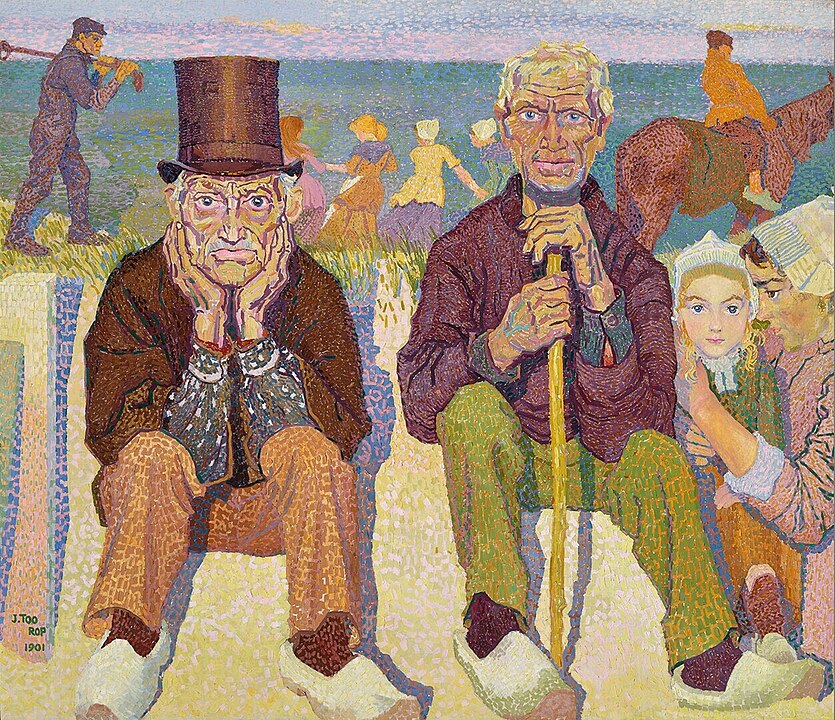
Toorop moved to the Netherlands at a young age, where he received his artistic education. He studied at the Royal Academy of Art in Amsterdam and later in Brussels, where he came into contact with Symbolist and Art Nouveau ideas that would influence his work.
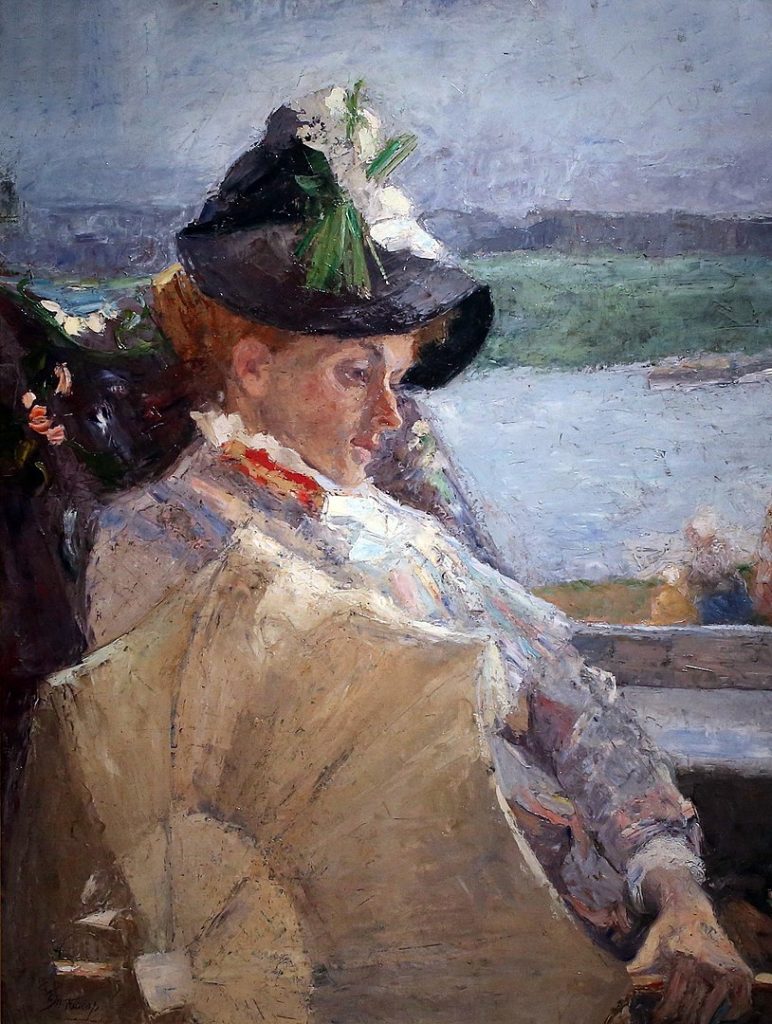
Throughout his career, Toorop experimented with various artistic styles. Early on, he was associated with the Hague School, a Dutch realist movement. However, he later embraced Symbolism and played a key role in introducing Art Nouveau to the Netherlands. His work often featured symbolism, stylized forms, and intricate details.
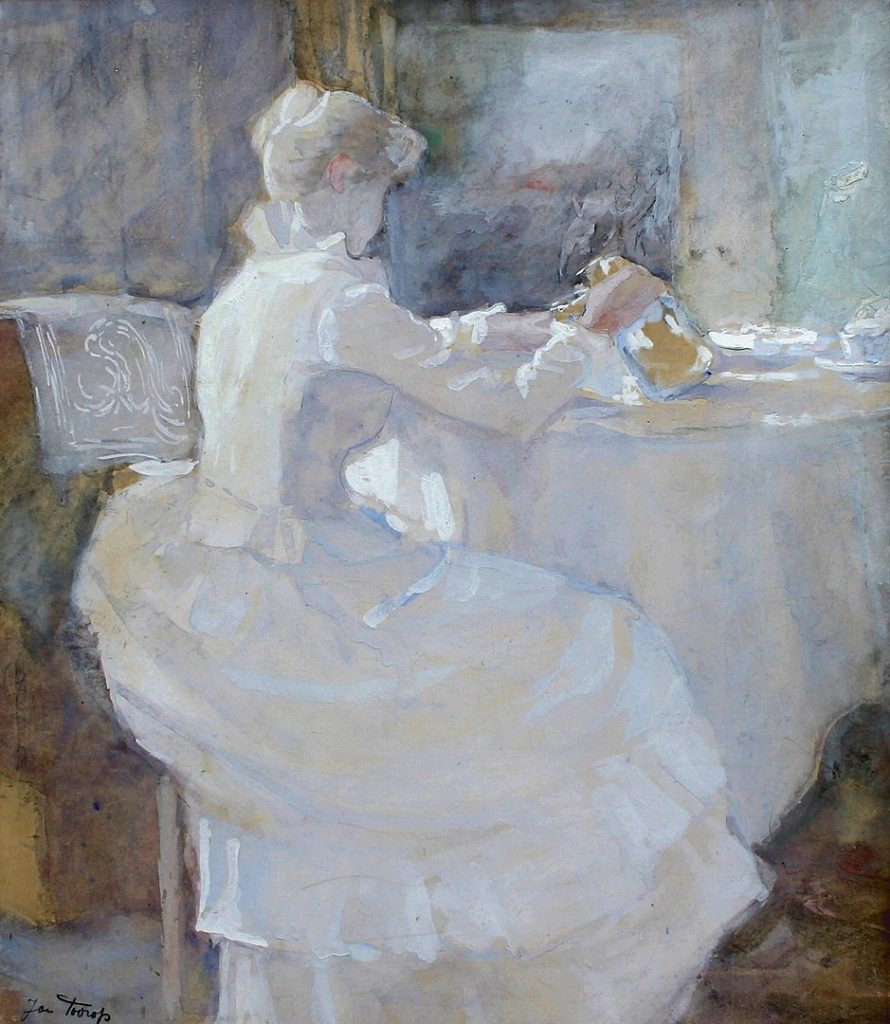
One of Toorop’s well-known works is his poster design for the Delft Salad Oil Company, created in 1894. This poster is considered a masterpiece of Art Nouveau design. Toorop was also associated with the Pointillist movement, and his later works showed a shift toward more geometric and abstract forms.
In addition to his paintings and posters, Toorop was a skilled graphic artist, creating illustrations and designs for books, posters, and advertisements. His contributions to the development of modern art in the Netherlands were significant.
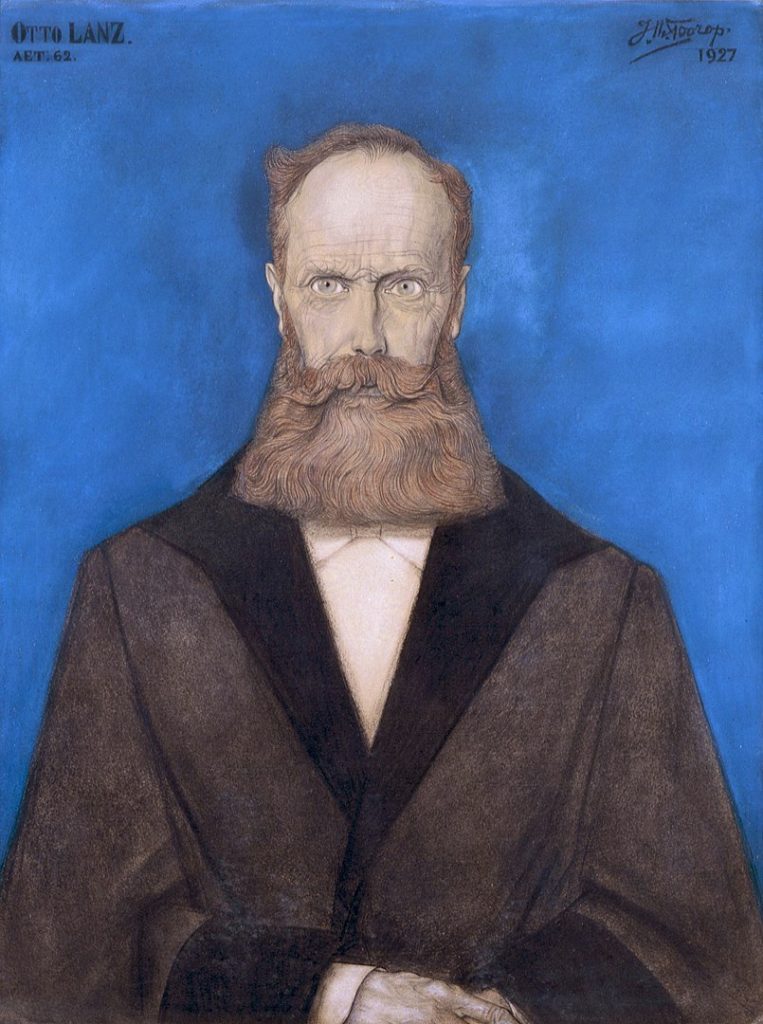
Jan Toorop passed away on March 3, 1928, in The Hague, Netherlands. His legacy endures, and his works are held in various museums and collections, reflecting his influence on the art movements of his time.


